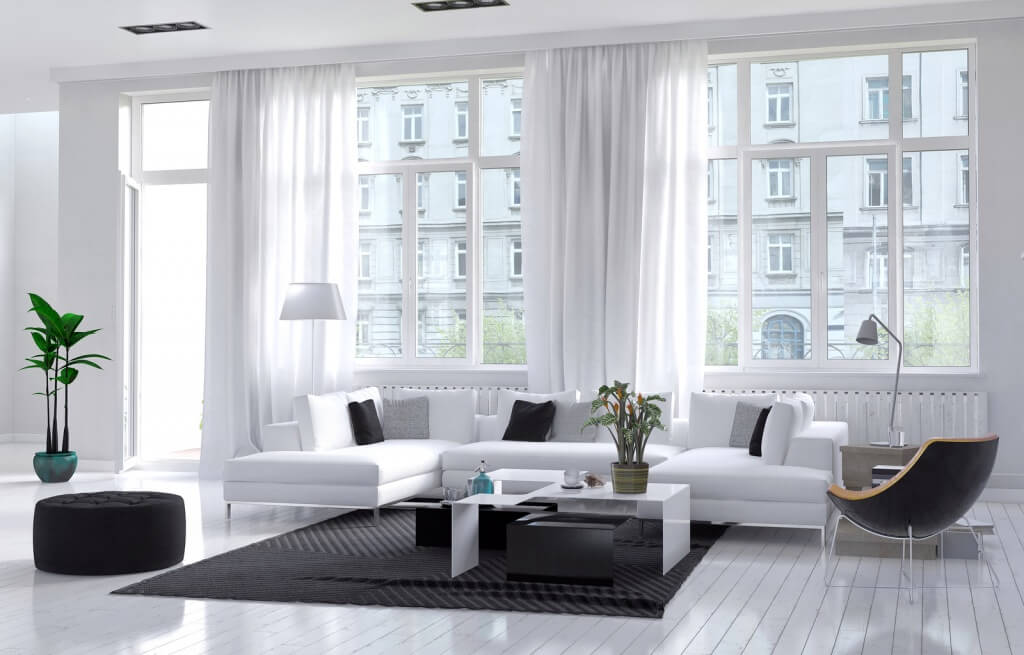
The lighting and temperature of a home are among the things that are the most important when determining how comfortable we are in the house. These things affect almost everything that we do in the house. Light and temperature are also very important to the other living things that are in the house. Pets and plants need to have the right balance of temperature and light for them to be able to thrive.
Proper lighting may be the most important thing for your plant. Light is their source of food and without it in the proper amounts, they will simply die of starvation. Yes some plants can adapt and adjust to differences in light, but for the most part, consistency is very important. The best way to provide lighting for houseplants is to try and mimic nature and they way plants grow in the wild. While most houseplants are very far removed from natural conditions, the same principles apply. Most plants do best when they have most of their sunlight exposure during the day and then darkness at night. If you will be lighting a plant with artificial light or most of their light will be artificial, it is a good idea to turn off the light source about the same time as sunset. This will ‘trick’ the plant into thinking it is night time. This changes the processes that happen inside the plant.
Temperature and humidity are also very important for houseplants. Temperature for plants should be as close as possible to their natural origin as possible. Tropical and exotic plants are going to need higher temperatures generally than plants from temperate zones. Most plants are fairly resilient and withstand heat for short periods of time. Extreme cold is really the worst temperature enemy of your houseplants. Tropical will usually be fine if the temperature doesn’t fall below sixty five degrees at night. The real temperature of the air where the plant is can be very different than what the thermostat reads. If you are going to keep a plant by a window, it may be a good idea to invest in a thermometer you can put near the plant to record how hot or cold it gets. Many people would probably assume that it is a good idea to have a constant temperature for a houseplant, while the opposite is true. Plants expect it to get cooler at night and they can then change the starches they make through photosynthesis into sugars for energy at night when no light is available. If the temperature never changes for a plant, they will not develop as well as with the fluctuations in light and temperature that come with the cycle of a full day. If you have a plant that gets a constant temperature throughout the day, it may be a good idea to move the plant closer to a window at night. The temperature will fall enough to trigger the starch to sugar transformations.
Just because a plant has special needs for lighting and temperature doesn’t mean that you can’t have them in your house. You may just need to do more research and studying of your home before you choose the finial location where the plant will rest. Humidity is also an important consideration to make when you are choosing what plants to have in your home and where they will be placed. Most people have air conditioners that run during the summer. These air conditioners actually remove humidity from the air which can be very problematic for plants, especially ones that come from tropical regions. When your plant has the proper amount of light, humidity and the proper temperatures, they are much more likely to be healthy, produce brighter foliage and flowers, and simply to bring more life to your home.